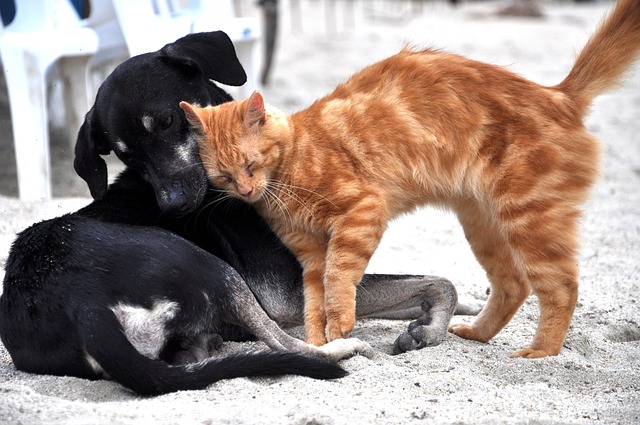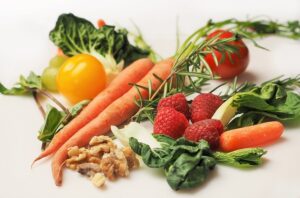Introduction
We always want to ensure our pets are receiving the best care, which includes what we feed them. One of the hot topics in pet nutrition these days is artificial preservatives in pet food. So is this making their food go bad, or are they actually beneficial for our pets? Why the preservatives, what is going on with them in depth?
What Are Artificial Preservatives?
They are synthetic chemicals that are added to pet food to keep it from spoiling or developing of harmful bacteria. Here are some frequent ones you might find in labels:
- BHA (Butylated Hydroxyanisole)
- BHT (Butylated Hydroxytoluene)
- Ethoxyquin
- Propyl Gallate
These chemicals serve to extend the shelf life of pet food and keep it safe for consumption.
The Big Question: Are They Harmful?
There’s a lot of debate about whether artificial preservatives are harmful to our pets. Here are some of the main concerns:
1. Potential Health Risks
Studies have proposed that preservatives such as BHA, BHT and ethoxyquin can be associated with health issues for pets. Below is a quick list of some of the potential misconfiguration errors:
- Allergic Reactions: Some folks are allergic to these preservatives, which can affect the skin or even worse tummy problems.
- Cancer: There is some concern that BHA and BHT may both be carcinogenic, though the evidence is not conclusive.
- Liver and Kidney Damage: Large doses of these preservatives over time would put a pet’s liver and kidneys at risk.
2. Behavior Changes
A few pet owners explain noticing a change in their animals, stating they became “hyper” or basically “want to sleep all day” when served food with artificial preservatives. Though largely anecdotal, these reports only compound worries.
Benefits of Preservatives
While there are concerns about artificial preservatives, they offer benefits as well:
1. Longer Shelf Life
Artificial preservatives prevent pet food from spoiling or becoming moldy and bacteria-ridden. That means the food will last much longer.
2. Cost-Effective
Artificial preservation is used in preserving pet food, which makes it cheaper. These artificial preservatives are cheaper than their natural counterparts, but the drawbacks are that some do not preserve food as they should be kept and could be hazards.
Natural Alternatives
You may be concerned with artificial preservatives, here are your options:
1. Natural Preservatives
Some of the preservatives used in pet foods today are natural like:
- Vitamin E (Mixed Tocopherols)
- Vitamin C (Ascorbic Acid)
- Rosemary Extract
They are believed to be less harmful and less problematic for your furry buddies.
2. Fresh or Homemade Diets
Others choose to provide fresh, or homemade diets to avoid all preservatives. This may have some health benefits, but it is very time-consuming and you have to be careful to include all of the essentials in the diet.
What Do the Experts Say?
Artificial preservatives in pet food are not just any preservative, these are regulated by the FDA (USA) and EFSA (EU). These institutions can restrict both the size of use and monitoring them for safety.
What Should You Do?
As a pet parent, it is essential to make educated decisions when it comes to the diet of your furry friend. Here are some tips:
- Read the Labels: Not only do we want to check that list of ingredients on the back for artificial preservatives, be it in brands that don’t use them and make use of natural alternatives.
- Talk to Your Vet: Most treatments can be done at home, but speak with your vet for more info. They are able to help you to find the food that fits best with your pet’s needs.
- Watch Your Pet: Be mindful of the preferences of your pet for their food. If you are seeing any allergy symptoms or behavior changes, this could be the best time to try a new brand.
Transitioning to Preservative-Free Food
However, if you do decide to switch over to a preservative-free food, ensure that you transition gradually, as your pup’s tummy can be easily upset by changes in feed. When doing this, combine a small amount of the new food in with the old and slowly increase until you are entirely on the new food within 1–2 weeks.
Conclusion
This is an ongoing point of contention in the pet food industry. That being said, although they help to maintain safe and inexpensive supplies of food, there may be some health implications. The information available to you through Barking Heads is all posted with the same hope that it will help you keep your furry friend healthy and happy, but if you stay informed and make educated decisions, your pet will thank you for it.




